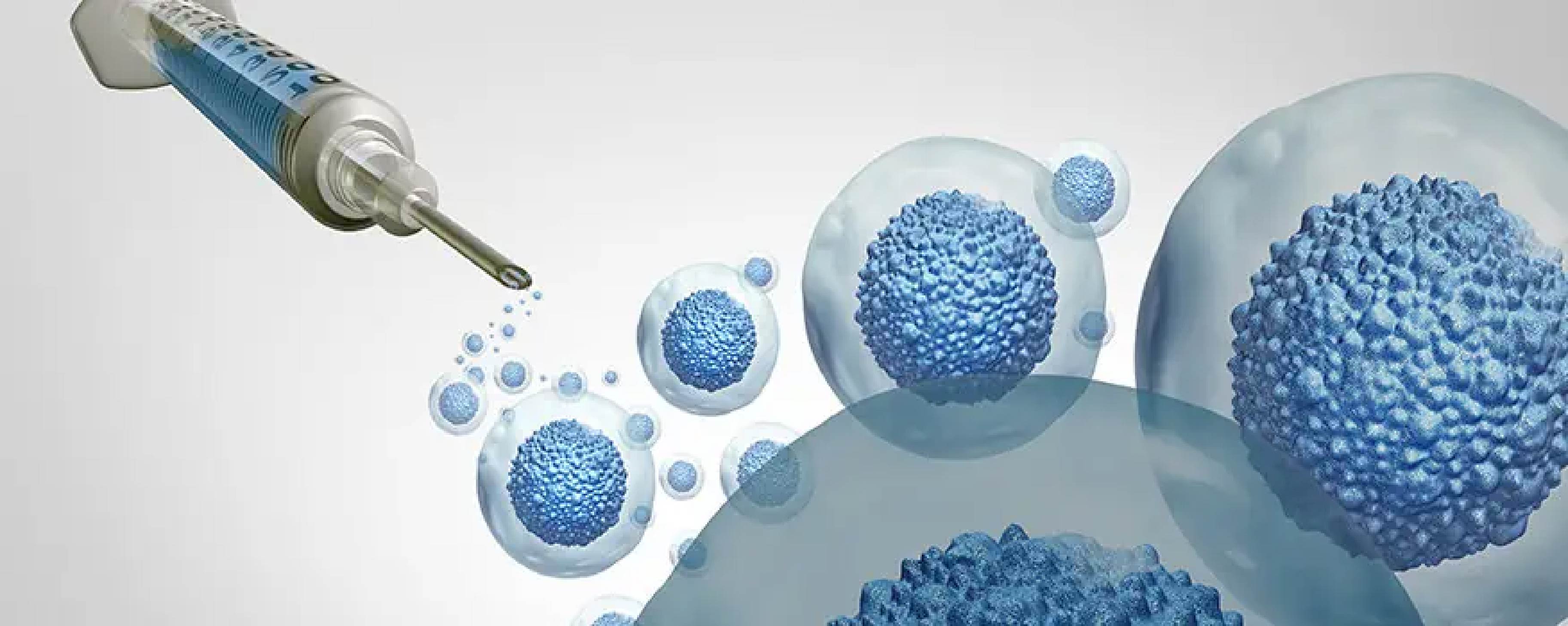Regenerative medicine has opened exciting doors in healing chronic pain, joint injuries, and degenerative conditions—without surgery. Two leading options are Platelet-Rich Plasma (PRP) therapy and Stem Cell Therapy. Though both tap into your body’s natural healing abilities, they work in different ways. Here's a side-by-side comparison to help you understand which one might be right for your health goals.
What is PRP Therapy?
PRP (Platelet-Rich Plasma) is made by drawing a small sample of your blood, spinning it in a centrifuge, and isolating the plasma rich in healing platelets and growth factors. This concentrated plasma is then injected into the affected area—like a joint, tendon, or muscle—to accelerate healing.
Common Uses for PRP:
- Osteoarthritis (especially knees and shoulders)
- Tendonitis and ligament injuries
- Hair loss
- Post-surgical healing
- Sports injuries
What is Stem Cell Therapy?
Stem cell therapy involves using stem cells—usually derived from your bone marrow or fat tissue—to help regenerate damaged tissues. These cells are unique because they can transform into different types of tissue (like bone, cartilage, or muscle), making them powerful for more advanced tissue repair.
Common Uses for Stem Cell Therapy:
- Severe osteoarthritis
- Degenerative disc disease
- Joint regeneration
- Chronic tendon and ligament injuries
- Autoimmune-related tissue damage
Key Differences Between PRP and Stem Cell Therapy
While both PRP and stem cell therapy harness your body’s natural healing capabilities, they do so in different ways. PRP is derived from your own blood and primarily works by stimulating the body’s existing healing mechanisms using growth factors found in platelets. It’s minimally invasive and often performed in-office, making it a convenient and cost-effective choice for mild to moderate conditions.
Stem cell therapy, on the other hand, involves harvesting cells from your bone marrow or fat tissue. These cells have the unique ability to transform into different types of tissue, such as cartilage, bone, or muscle, which allows them to actually rebuild damaged structures. Because of this, stem cell therapy is more commonly used for advanced or degenerative conditions that require deeper tissue repair. The procedure is more complex and typically more expensive, but it may offer greater long-term regeneration for certain individuals.
Which Therapy is Right for You?
If you're dealing with early-stage injuries or want a more affordable, minimally invasive option, PRP may be the ideal place to start. However, for more advanced degeneration or if PRP hasn’t worked, stem cell therapy might offer greater regenerative potential.
Always consult a practitioner experienced in regenerative medicine to discuss your condition, health history, and best options.
.svg)


.webp)